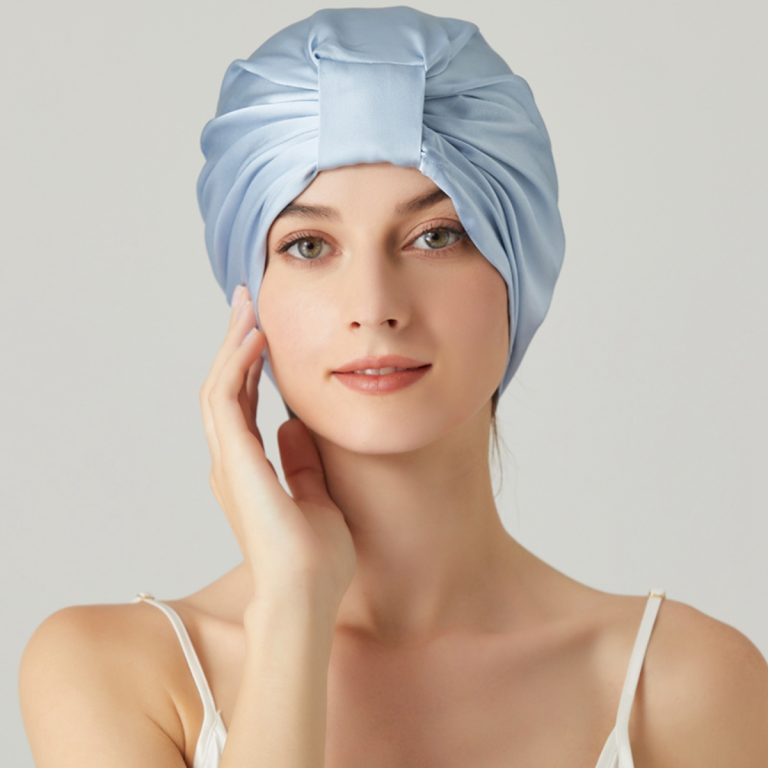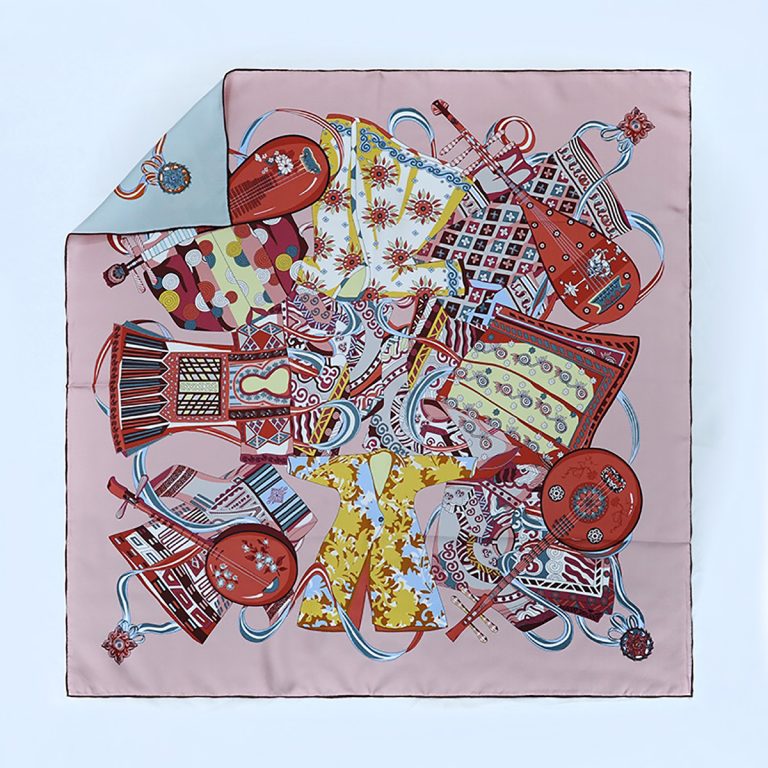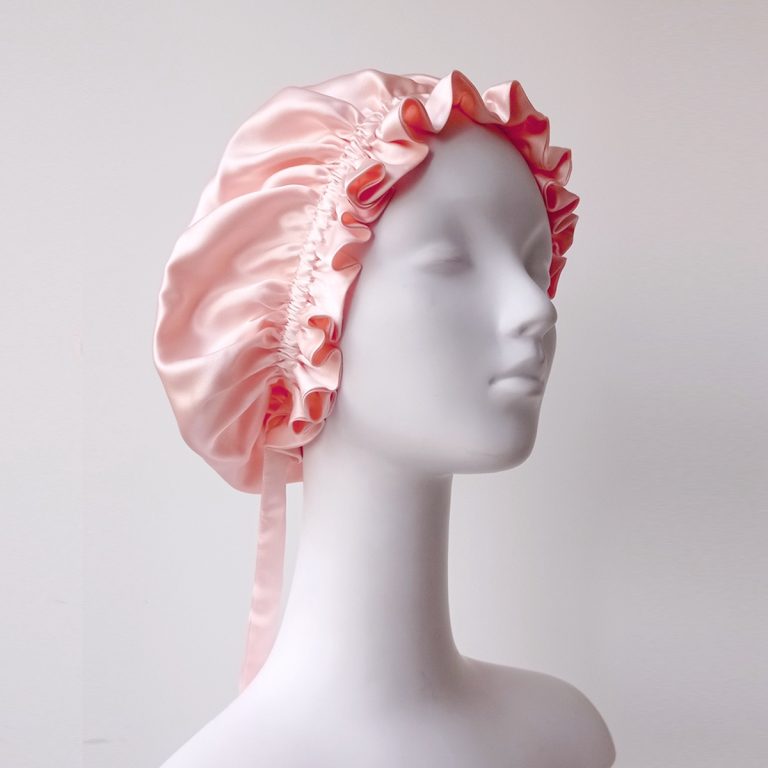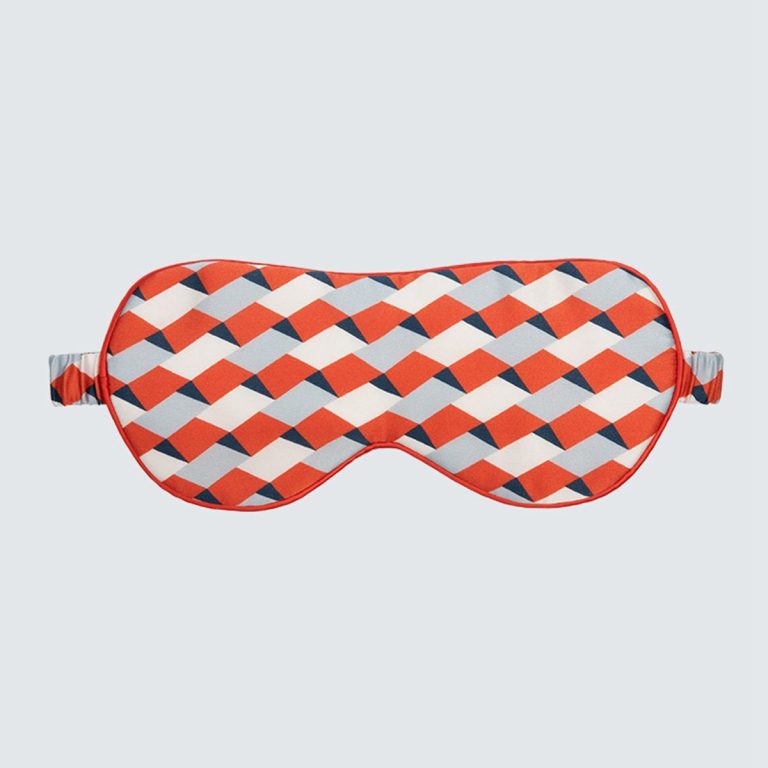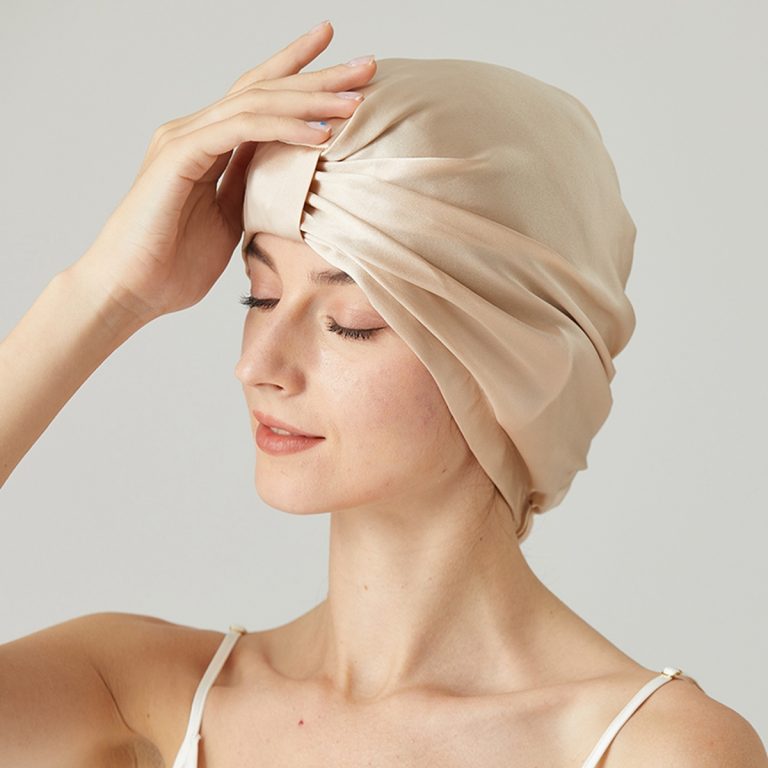Table of Contents
Exploring the Art of Silk Weaving: A Look Inside the Silk Factory
Silk weaving is an ancient art form that has been practiced for centuries. It is a complex and intricate process that requires skill and precision. In this article, we will take a look inside a silk factory to explore the art of silk weaving. Silk is a natural fiber that is produced by silkworms. The silkworm spins a cocoon of silk thread, which is then harvested and processed into silk fabric. The process of silk weaving begins with the preparation of the silk thread. The thread is spun into a continuous length and then dyed in a variety of colors. The dyed thread is then wound onto spools and ready for weaving. The weaving process begins with the warping of the silk thread. This involves winding the thread onto a loom in a specific pattern. The warp threads are then stretched and secured in place. The weft threads are then woven in and out of the warp threads to create the fabric. This process is repeated until the desired length of fabric is achieved. Once the fabric is woven, it is then washed and dried. The fabric is then inspected for any flaws or imperfections. If any are found, they are corrected before the fabric is sent to the finishing department. Here, the fabric is cut, hemmed, and sewn into garments.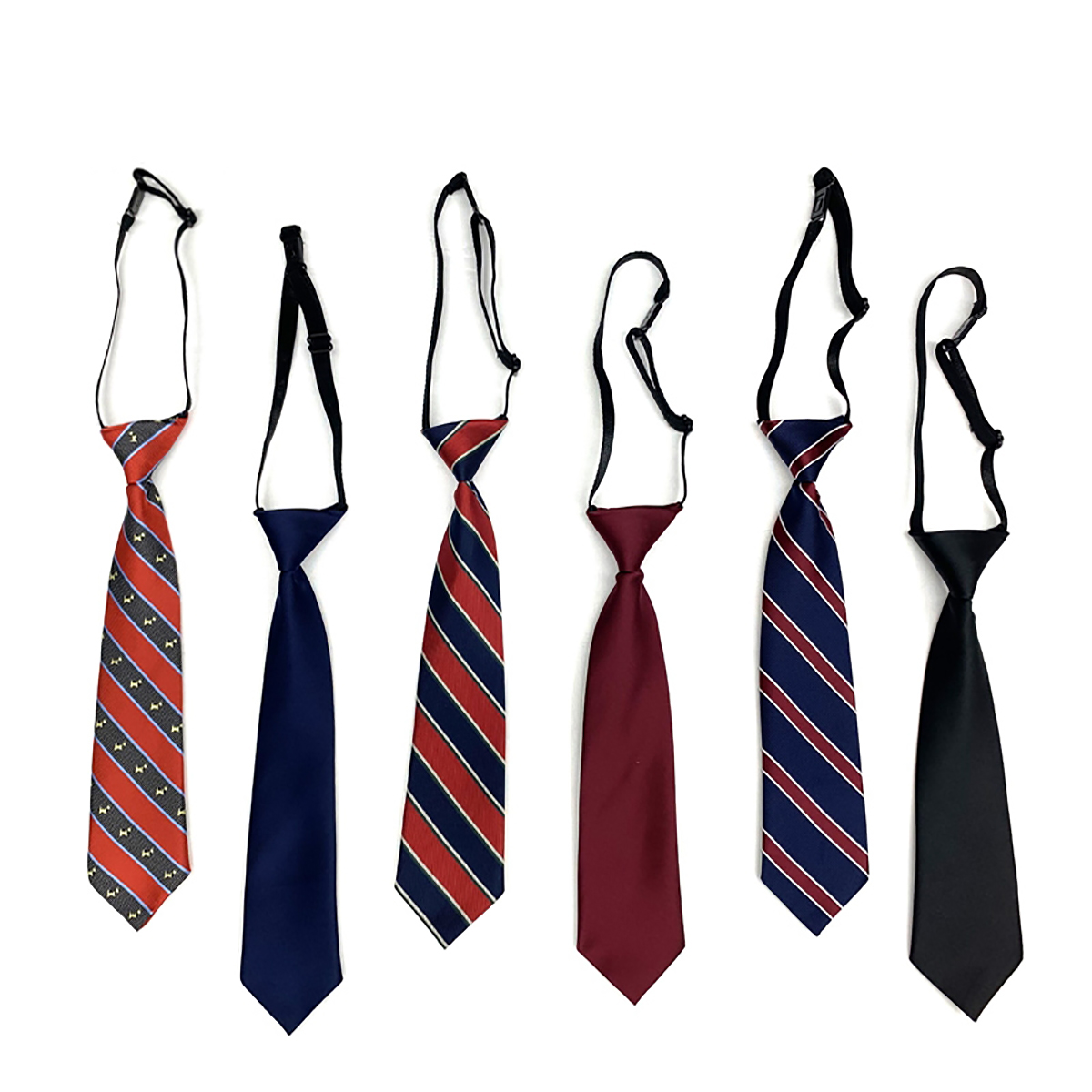 Silk weaving is an intricate and complex process that requires skill and precision. It is a labor-intensive process that has been practiced for centuries. By taking a look inside a silk factory, we can gain a better understanding of the art of silk weaving and appreciate the skill and craftsmanship that goes into creating beautiful silk fabrics.
Silk weaving is an intricate and complex process that requires skill and precision. It is a labor-intensive process that has been practiced for centuries. By taking a look inside a silk factory, we can gain a better understanding of the art of silk weaving and appreciate the skill and craftsmanship that goes into creating beautiful silk fabrics.The Benefits of Investing in Quality Silk Scarves: A Guide to Manufacturing and Exporting
Silk scarves are a timeless fashion accessory that have been popular for centuries. They are a versatile and luxurious item that can be worn in a variety of ways, making them a great investment for both manufacturers and consumers. Investing in quality silk scarves can provide a number of benefits, including increased profits, improved customer satisfaction, and a competitive edge in the market. This guide will explore the advantages of investing in quality silk scarves, as well as the process of manufacturing and exporting them. The Benefits of Investing in Quality Silk Scarves Investing in quality silk scarves can provide a number of benefits for manufacturers and consumers alike. For manufacturers, investing in quality silk scarves can lead to increased profits. Quality silk scarves are more expensive than their lower-quality counterparts, meaning that manufacturers can charge more for them. This can lead to higher profits, as well as increased customer satisfaction. Quality silk scarves are also more durable than lower-quality scarves, meaning that customers will be able to enjoy them for longer. This can lead to increased customer loyalty and repeat purchases.| 5sos bandana | 100 pashmina | back hijab |
| a shawl scarf | skinny size | bandana neck |
| silk printing | voile hijab | 16mm |

